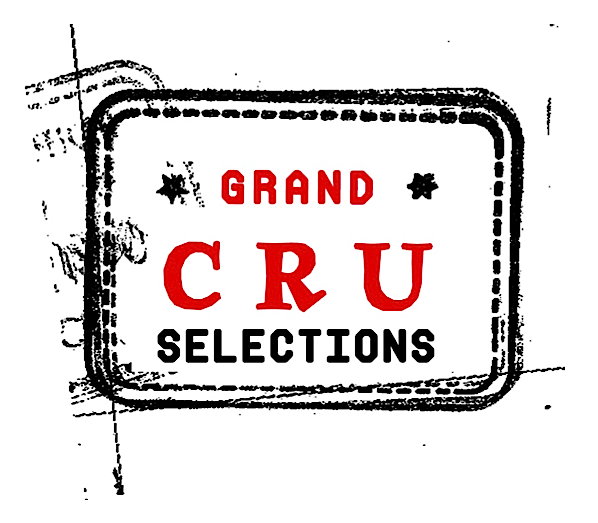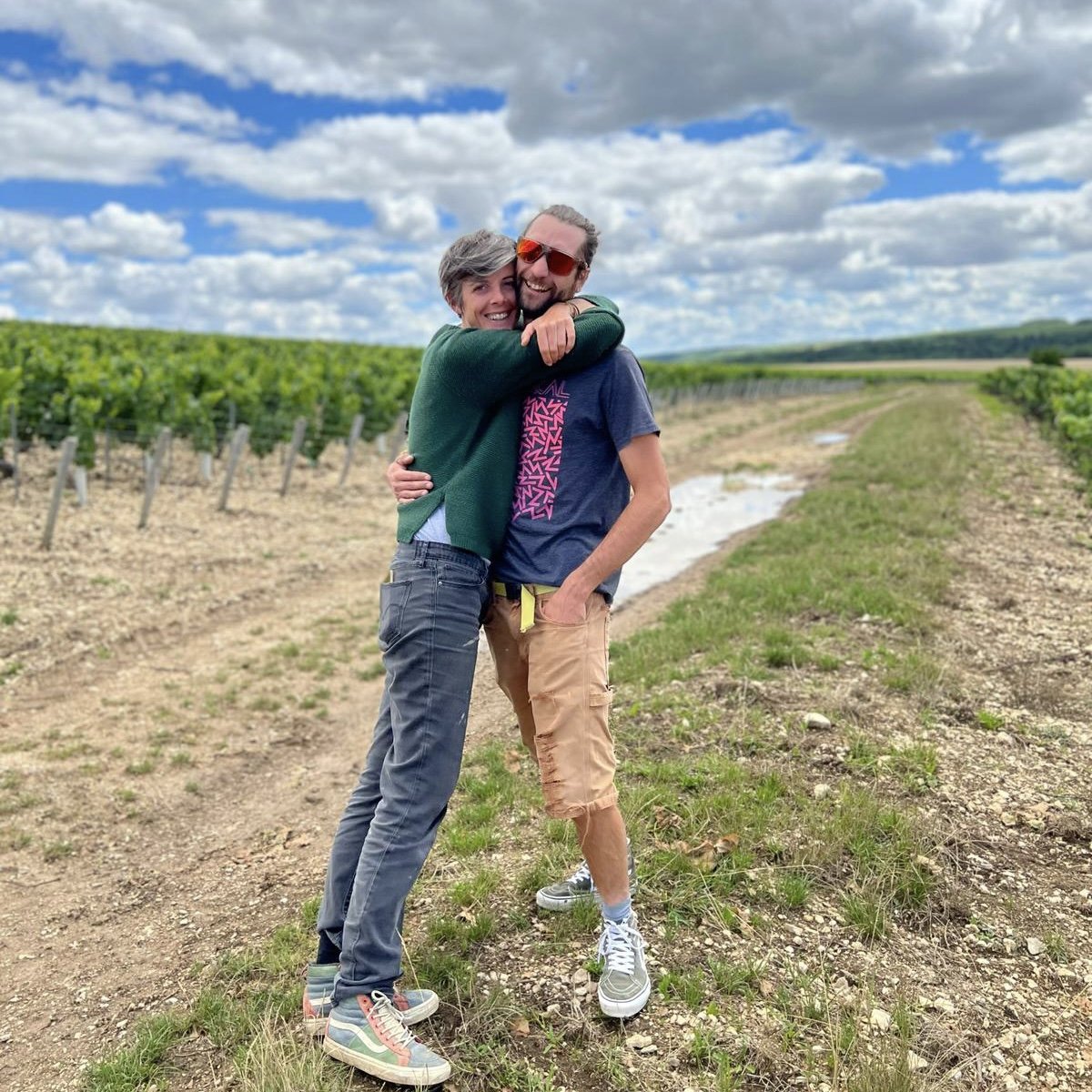domaine eleni et edouard Vocoret
Chablis, France
Eleni et Edouard Vocoret
Édouard and Eleni first met during the 2010 harvest in New Zealand. Not long after, they married and returned to Chablis to take over a small piece of Edouard's family domaine (Domaine Vocoret & Fils) and establish their own project in 2013. With just 3.3 hectares to start, their vision was clear: a more artisanal, sustainable approach, focused on farming. Making single-site wines that highlight the individuality of each plot through the same thoughtful, minimalist winemaking. Their small holdings allowed them to know every vine by heart, and together they brought a passion and energy that marked a new generation in Chablis.
In 2023, Édouard inherited an additional 5 hectares of impressive real estate —including Butteaux and new 1er crus Forêts, Séchet, Châtaigne, and Montée de Tonnerre, along with the Grands Crus Blanchots, Valmur, and Les Clos—bringing the domaine to roughly 10 hectares. This expansion gives them the chance to deepen their terroir-driven approach while entrusting some village parcels to younger growers. With a solid foundation and an exciting future ahead, Édouard and Eleni continue to carve their own distinct path in Chablis.
-
-
The Chablis region is essentially equidistant between Champagne and Burgundy and feels an affinity towards both. Native kimmeridgean soils found at top sites - clay and limestone dotted with tiny oyster fossils — give nearby Champagne it’s austerity, while in some spots, the chalk rises up to the surface.
The Vocoret’s small cellar is located in Chablis proper on the southside, going towards the village of Chichée. They have just 4.9 hectares, mostly on the left bank with Bas de Chapelot being their only parcel on the right bank. They farm .32 hectare 1er Butteaux.
-
They work organically but for the moment, not certified. Eleni and Edouard do everything themselves by hand and know their plots by heart. They started applying biodynamic principles and planting fruit trees to increase the biodiversity.
-
Eleni and Edouard’s approach in the cellar is consistent across all the wines. Alcoholic and malolatic fermentation is done in stainless steel with natural yeast. The wines are then aged for one year in old barrels. Before bottling the wines are put back in tank for an assemblage of one or two months. Bottled unfined and unfiltered with minimal sulphur addition.
Wines
Chablis Les Pargues
Eleni and Edouard's holdings in Les Pargues are 0.40 hectare. Les Pargues is located in the next valley over from the Premier Cru Montmains but still has the same expositions. The soil is Kimmeridgian (moyen), pre-dominantly argilo-calcaire. The vines are 30 years old.
Chablis Boucheran
Boucheran is made from a 0.89 hectare located between two premier crus, Vaillons and Montmains. The soil is Kimmeridgian (moyen) with a high proportion of white clay in the soil. The vines are 35 years old.
Chablis Bas de Chapelot
Bas de Chapelot comes from a 3.2 hectare parcel just below Montée de Tonnerre. It is the Vocoret's only parcel on the right side of the river bank. The soil is deep, clay and limestone, and Kimmeridgian (moyen). The vines are now 40 years old vines and due to their proximity to the riverbed are very exposed to frost.
Chablis 1er Cru Butteaux
Among the domaine’s most treasured vineyards, Butteaux includes nearly 0.32 hectares of old sélection massale vines rooted in Kimmeridgian supérieur soils. Long a focus for Édouard, and expanded through inheritance in 2023, Butteaux offers depth, intensity, and distinctive mineral drive.
Chablis 1er Cru Séchets
Planted in 1962 on warm yellow marl, Séchets covers just 70 ares split between two small plots. This historic site yields wines of supple fruit, lifted by a vibrant mineral line.
Chablis 1er Cru Châtaigne
At the end of the valley in Vaillons, this steep and sunny parcel was planted in 1971 with cuttings from Édouard’s grandfather. Producing small berries of great concentration, it sits directly beside Dauvissat’s holdings, delivering intensity and depth within a compact frame.
Chablis 1er Cru Vaillons
From clay-limestone soils streaked with soft limestone and silex, Vaillons is known for its breadth and texture. The wines here show generous body, with a layered minerality that speaks clearly of this benchmark 1er Cru.
Chablis 1er Cru Forêts
Two parcels, planted in 1975 and 1988, form this holding in Forêts. Defined by structure and clarity, the wines are linear, taut, and built upon a firm mineral backbone.
Chablis 1er Cru Montée de Tonnerre
With two plots totaling 81 ares added in 2023, this iconic right-bank 1er Cru is renowned for its power and longevity. Structured and age-worthy, Montée de Tonnerre is often considered the peer of Chablis Grand Cru.
Chablis Grand Cru Blanchots
Two plots totaling 55 ares, Blanchots is the only east-facing parcel of the grands crus. Known as the “femme fatale” of the range, it produces wines of elegance, perfume, and irresistible seduction.
Chablis Grand Cru Valmur
Bordering Moreau-Naudet’s vines, Valmur shows a more muscular side of Chablis Grand Cru. Firm and powerful, it balances depth with a resolute, saline minerality.
Chablis Grand Cru Les Clos
The domaine’s largest grand cru holding, Les Clos is divided among three parcels, including 20 ares of clone plantings and massale selections dating back to the 1960s. This square-shaped plot yields wines of commanding presence — the “strong gentleman” of the cellar — combining intensity, gravitas, and long-lived power.

